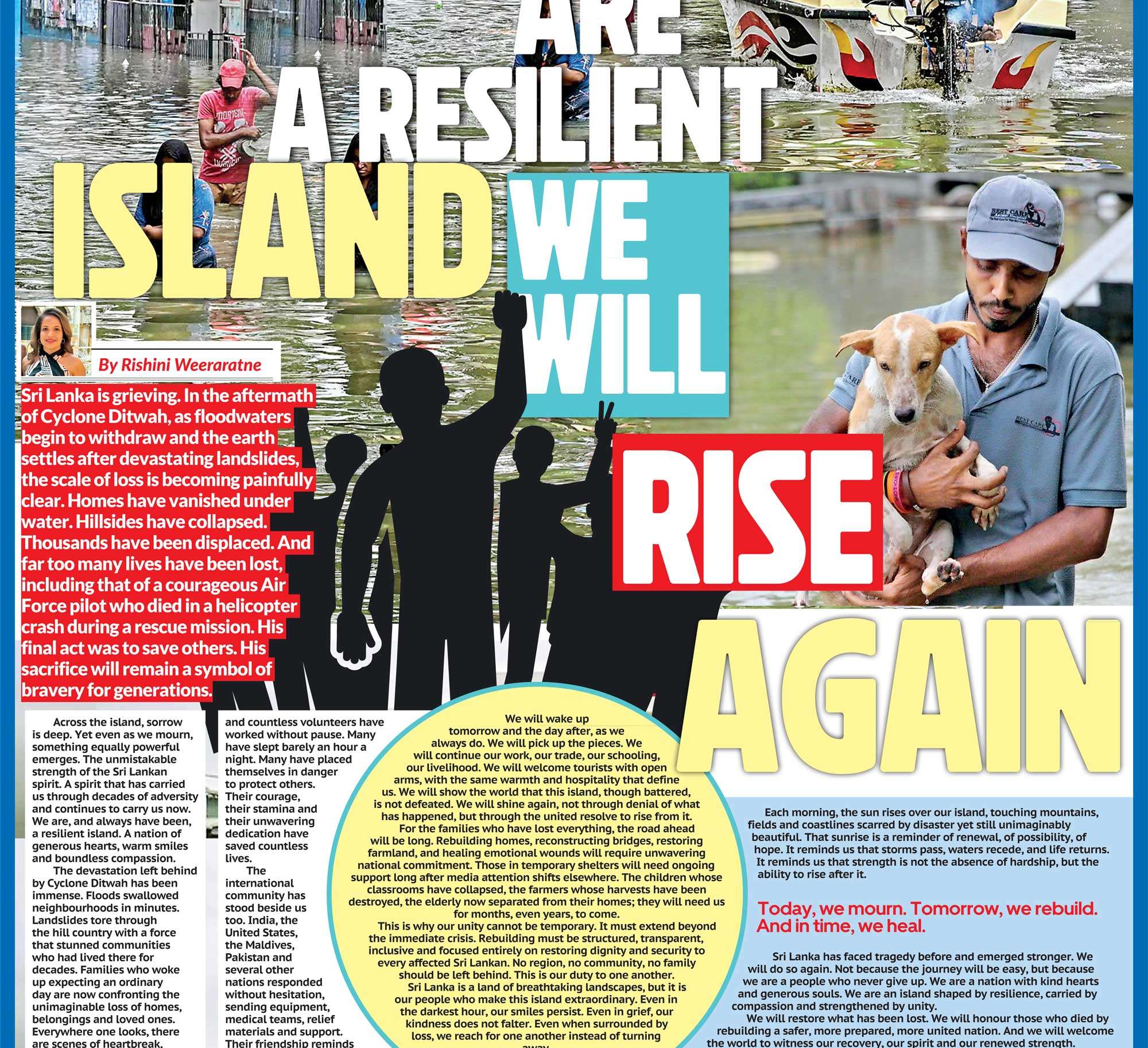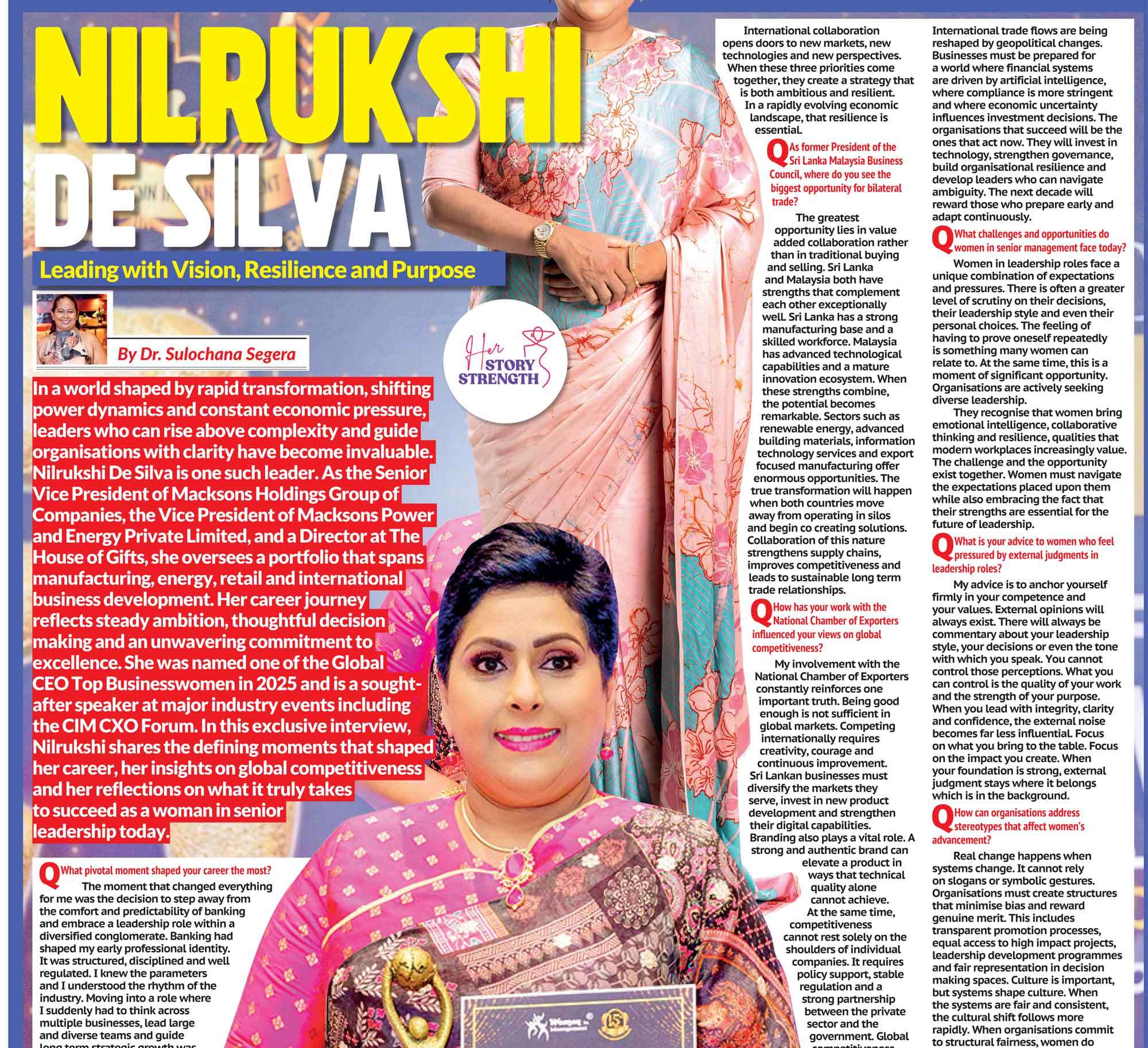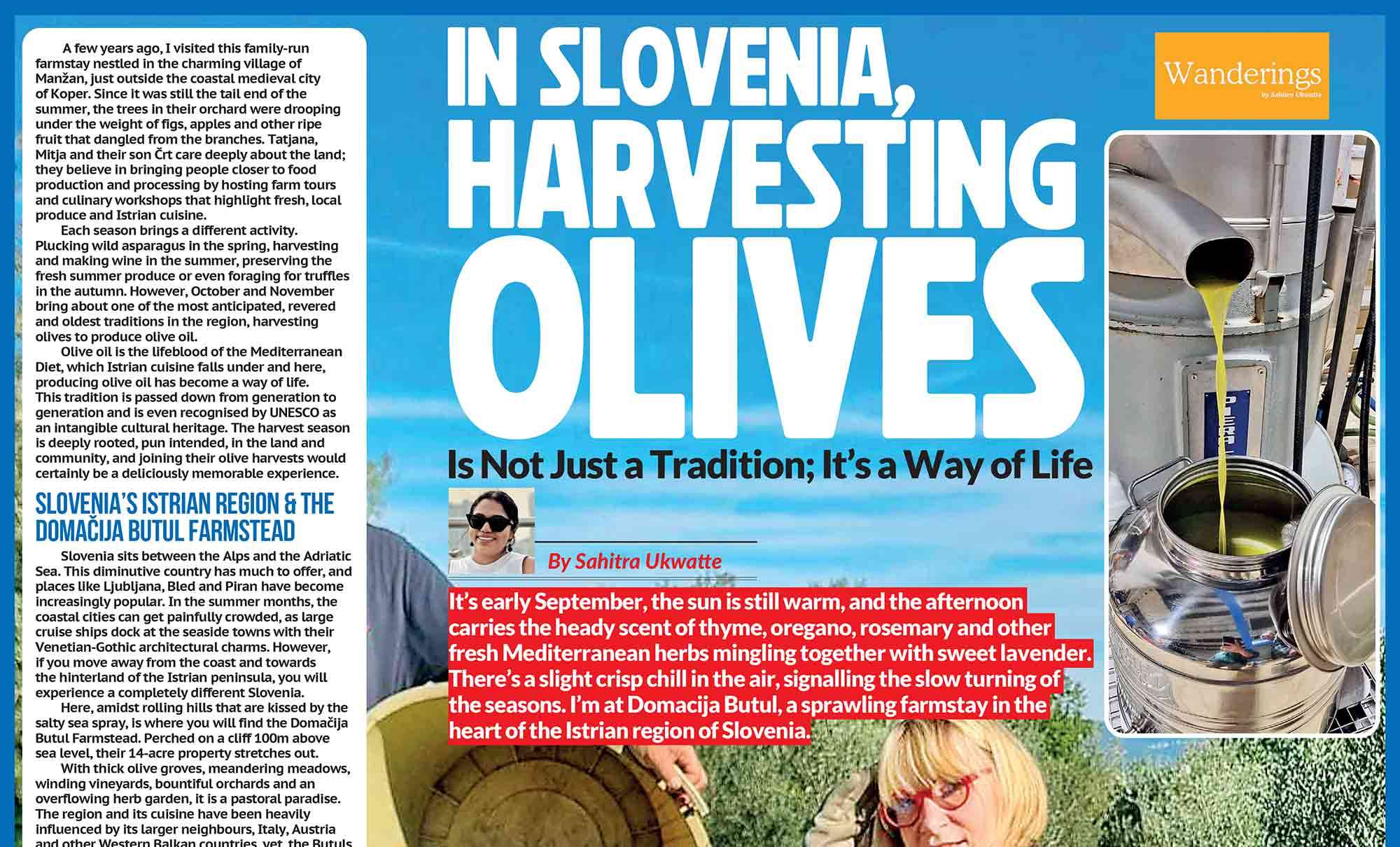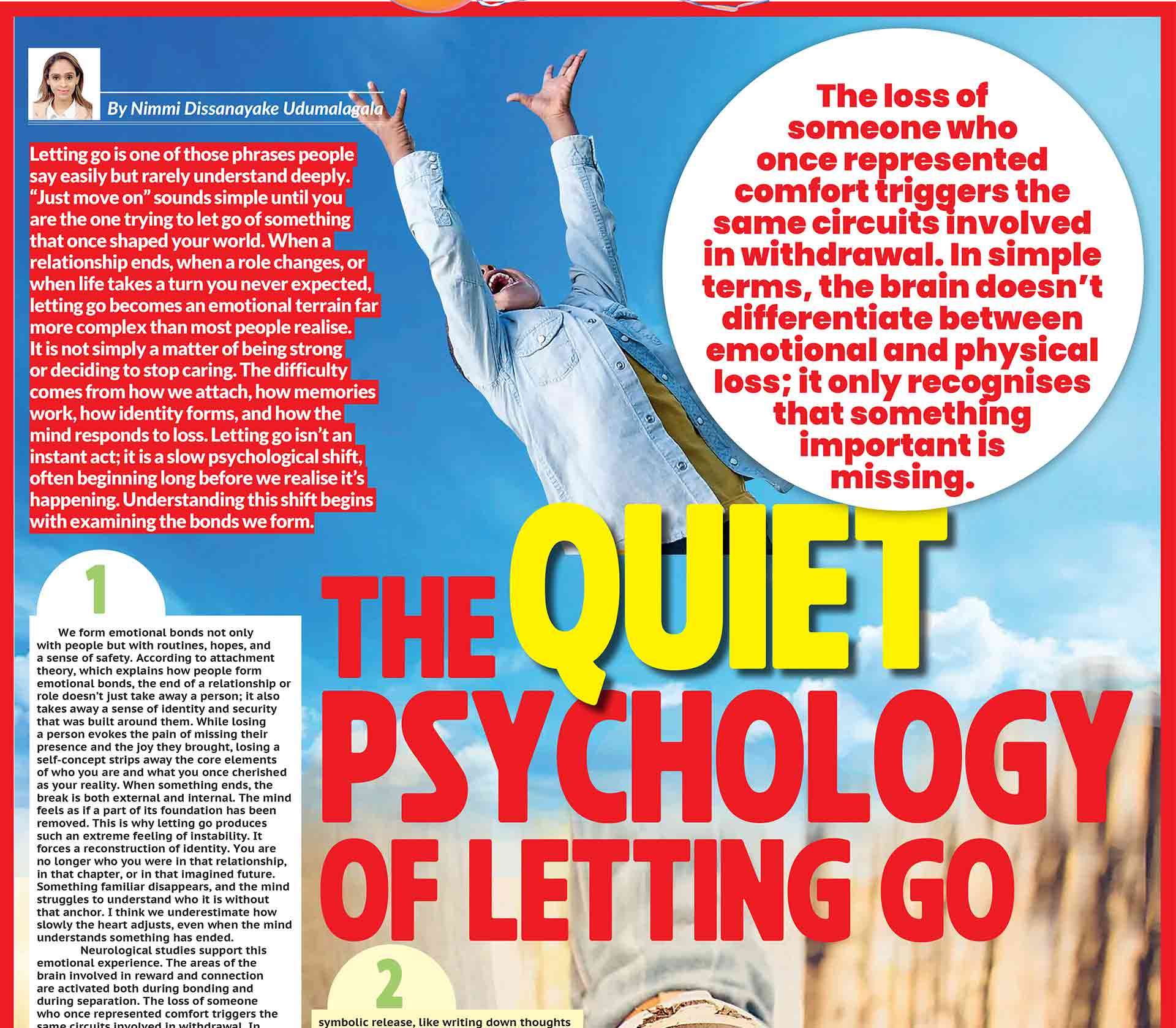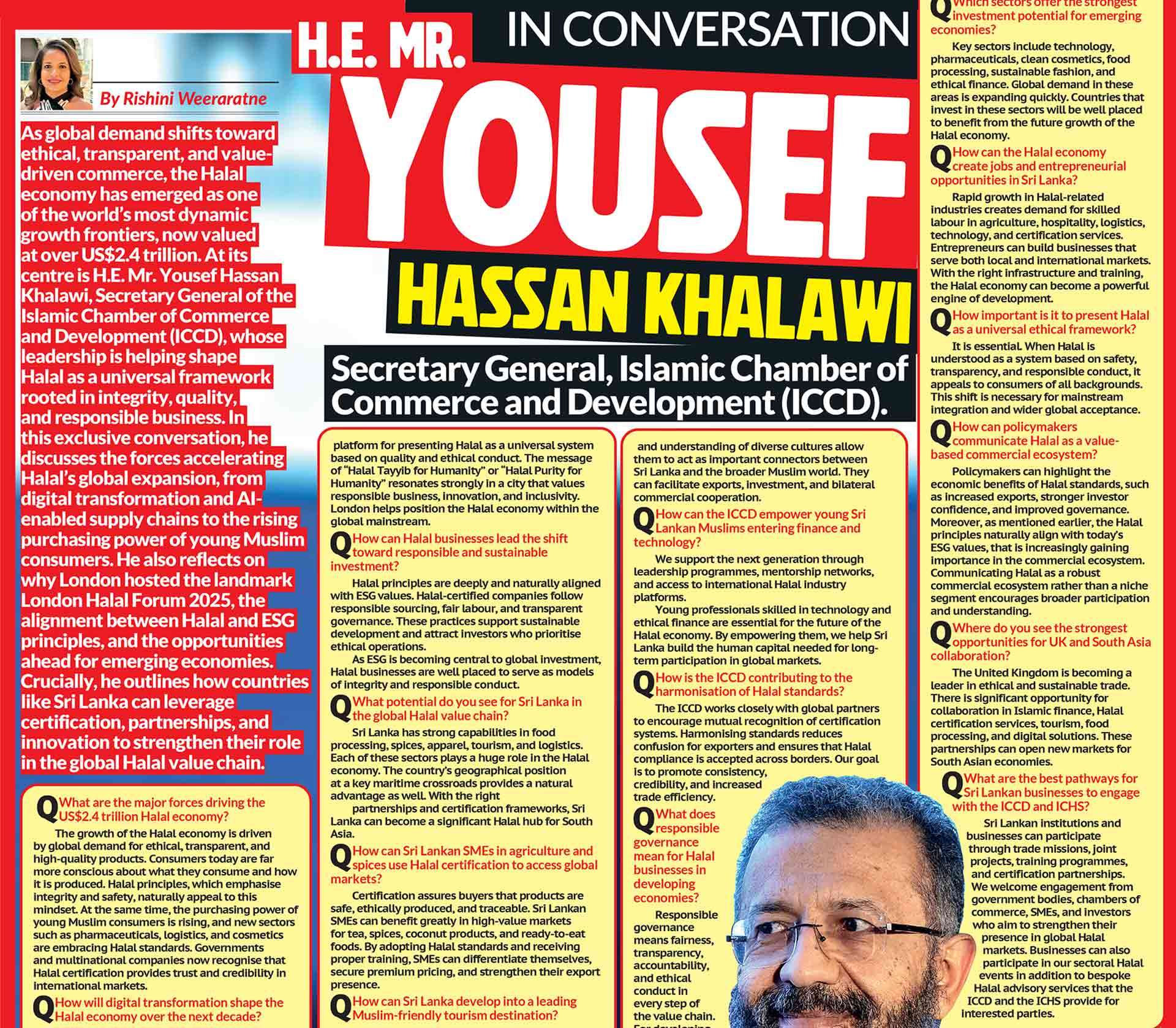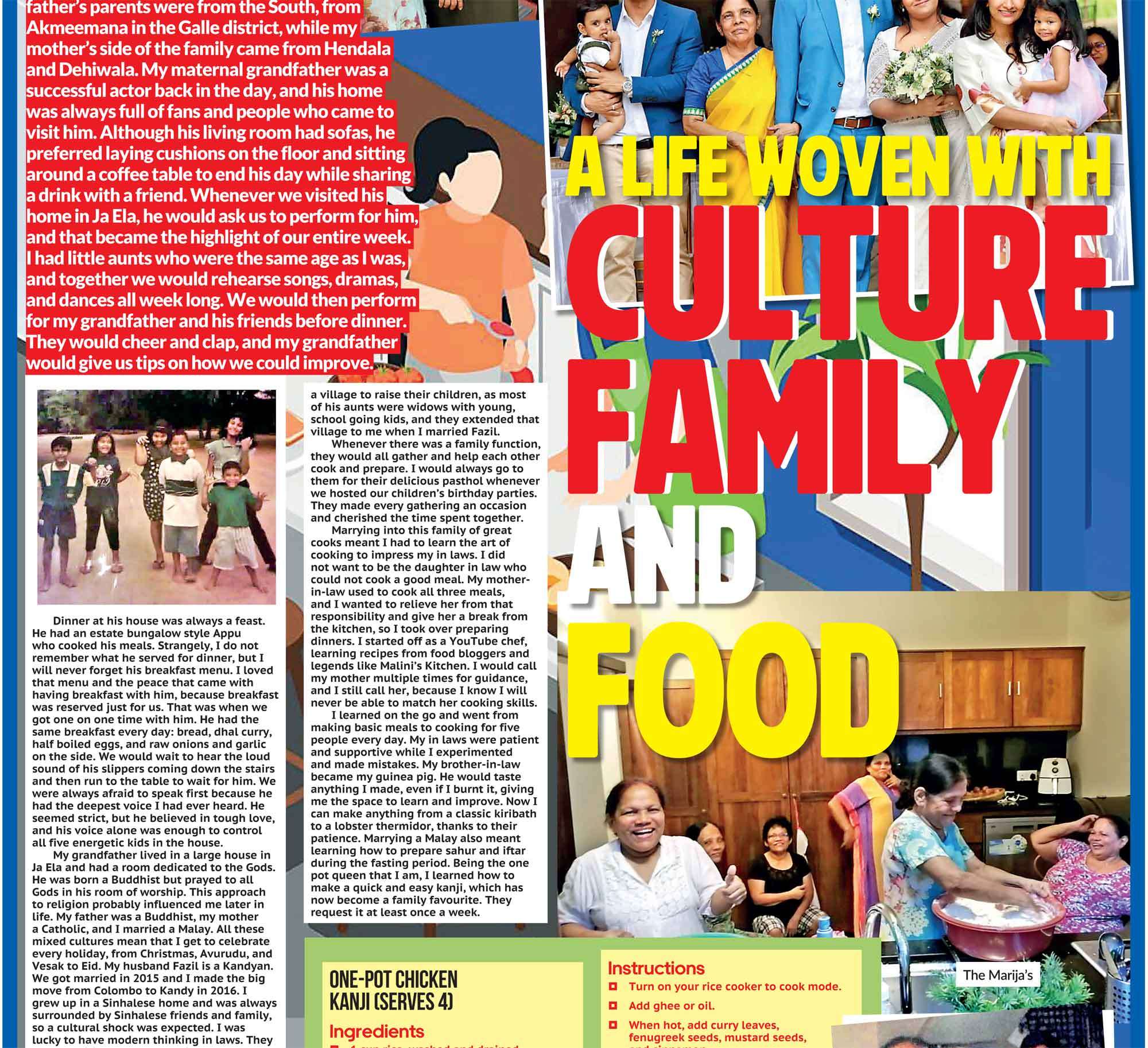A Global Day with Local Resonance
Each year, on 12 August, the world observes International Youth Day (IYD), a day to spotlight the challenges, energy, and transformative potential of young people. Decreed by the United Nations in December 1999, following recommendations from the World Conference of Ministers Responsible for Youth, IYD was first celebrated in the year 2000. Since then, it has grown into a global platform for youth empowerment, with annual themes reflecting evolving priorities. The 2025 theme, “Local Youth Actions for the SDGs and Beyond”, underscores the vital role that Sri Lankan youth, like their global peers, play in translating the United Nations Sustainable Development Goals (SDGs) into tangible local change. With more than 65 per cent of SDG targets demanding solutions rooted in community realities, young leaders in our villages, towns, and cities are pivotal in bridging global ambition with everyday action.
Tracing the Origins: A Youth-Led Global Day
The seeds of International Youth Day were sown in 1991 at the World Youth Forum in Vienna, where young delegates called for an international day to spotlight youth issues. This idea gained momentum in 1998, when global ministers responsible for youth met in Lisbon and endorsed the proposal. By December 1999, the UN General Assembly had formally designated 12 August as International Youth Day. The first observance in 2000 was modest but set the tone for the years ahead. Since then, themes have ranged from “Youth Civic Engagement” to “Safe Spaces for Youth” and “Transforming Education.” Each theme has shone a light on specific areas where young voices can shape the future, and 2025’s focus on local action reflects the urgent need to ground global policies in neighbourhood realities.
Why It Matters for Sri Lanka
Sri Lanka has a proud history of youth involvement in nation-building. During the independence era, movements such as the Jaffna Youth Congress championed ideals of self-rule, social justice, and inclusivity. In the decades that followed, young activists, students, and innovators pushed for reforms in education, labour rights, and cultural preservation. Today, our youth are at the forefront of social innovation, from grassroots environmental clean-ups in Galle and waste reduction campaigns in Kandy, to tech start-ups in Colombo that export solutions to the world. The 2025 IYD theme is a natural fit for Sri Lanka, where community-level projects often deliver the most lasting social change.
Sri Lanka’s Gen Z: The Connected Changemakers
Born between 1997 and 2012, Sri Lanka’s Gen Z is the first fully digital-native generation in the island’s history. They have grown up in a world where mobile internet, social media, and instant communication are givens. From bustling Colombo to rural Monaragala, these young people are reshaping how society engages with politics, culture, and the economy. Where earlier generations relied on newspapers or public meetings, Gen Z navigates TikTok reels, Instagram activism, and real-time news feeds. They mobilise online campaigns for flood relief, climate protests, or improved university funding. The protest waves of 2022 demonstrated how effectively digitally networked youth could turn hashtags into street-level movements, using livestreams to bypass traditional media and reach global audiences.
Gen Z on Instagram: Charith N Silva (Wildcook Book), Yevan David, Chanux Bro, Amantha Perera, Anudi Gunasekera and Hirushi Jayasena.
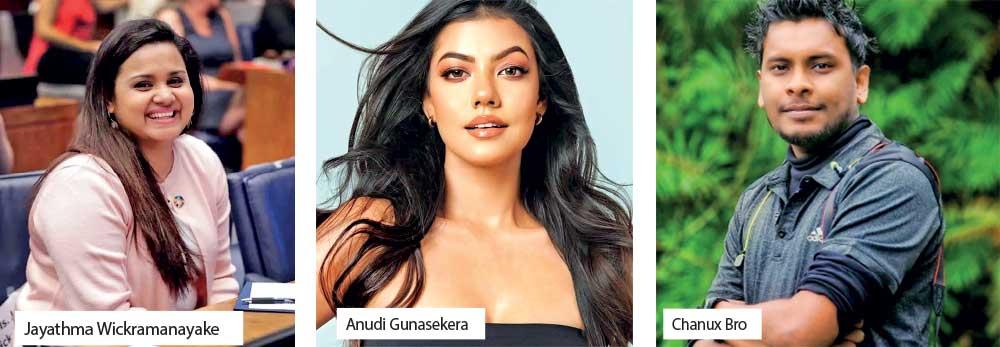

Economic Realities and Entrepreneurial Spirit
The 2022 economic crisis and high youth unemployment have forced many to rethink careers. Some pursue opportunities abroad; others dive into freelancing, IT services, or micro-businesses in agriculture, fashion, and tourism. Many are self-taught, gaining skills via YouTube tutorials, coding bootcamps, and online courses rather than following the traditional university-to-job pipeline. Even as they embrace global trends, K-pop, esports, climate activism, Gen Z Sri Lankans maintain a deep connection to local culture. They remix Sinhala and Tamil music with EDM beats, animate traditional dance for social media, and revive folk art with contemporary flair. They are the generation most capable of blending tradition with disruption, community pride with borderless thinking, embodying the spirit of IYD 2025’s call for local action with global resonance.
World Meets Island: Sri Lanka on the IYD Stage
Sri Lanka has also made its mark internationally through youth leadership. A prime example is Jayathma Wickramanayake, appointed as the UN Secretary-General’s Envoy on Youth in 2017, who co-founded the Hashtag Generation to empower young Sri Lankan women in civic spaces. Her work demonstrates how Sri Lankan youth voices can influence global conversations. This year’s official UN commemoration is being hosted in Nairobi, Kenya, bringing together youth leaders, municipal officials, and development practitioners to explore how localised action drives SDG progress.


Stories of Impact: Youth Driving Local Change
Globally, organisations like TechnoServe highlight youth changemakers who are improving lives in their communities. In Sri Lanka, similar examples abound. Environmental groups in Galle and Matara are restoring mangroves to fight erosion and preserve biodiversity. In Colombo, incubators like Hatch mentor young entrepreneurs tackling problems from textile waste to urban transport. Cultural initiatives are equally vital. Youth-led poetry slams and short film festivals provide safe spaces for dialogue on mental health, reconciliation, and identity; crucial in a country still navigating the legacies of conflict and economic upheaval.
Looking Ahead: A Call to Action
International Youth Day 2025 is not simply a ceremonial event. For Sri Lanka, it is a call to invest in young people as problem-solvers, not passive recipients of policy. That means funding youth-led projects, integrating young voices into decision-making at all levels, and ensuring access to education, technology, and safe public spaces. It also requires a shift in societal attitudes, recognising that Gen Z’s creativity, digital fluency, and social awareness are not distractions from tradition but tools to carry it forward in a rapidly changing world. From the activism of the Jaffna Youth Congress a century ago to today’s TikTok-driven campaigns for change, Sri Lanka’s youth have continually adapted to meet the challenges of their times. As the world celebrates International Youth Day 2025, with its theme of “Local Youth Actions for the SDGs and Beyond,” our own Gen Z offers a powerful reminder: when young Sri Lankans lead locally, they influence the world globally.
And perhaps that is the truest meaning of this day, a recognition that in the hands of our youth lies not just the promise of tomorrow, but the power to transform today.

Youth Unemployment Rate
As of the fourth quarter of 2024, Sri Lanka’s youth unemployment rate (ages 15–24) was 19.8%, down from 21.8% in the third quarter. Previous broader reporting (covering 15–24 group) shows a 2024 rate of 22.33%
Youth Members in Parliament
Following the 2024 parliamentary election, several young MPs entered Sri Lanka's Parliament:
- Nayanathara Premathilake (born 1995), elected from Galle District
- Hiruni Wijesinghe, the youngest member, elected from Puttalam District
- Ambika Samuel, from the plantation youth, elected from Badulla District
- Chathuri Gangani, elected from Monaragala District

Sri Lanka’s Median Age is Rising: But Youth Still Dominate New Graduates
In 2025, Sri Lanka’s median age is around 35 years but in universities, more than 80% of graduates are aged between 22 and 29. That makes youth the driving force in the country’s knowledge economy.
Social-Media is Their Main News Source
A vast majority of Sri Lankans aged 16–24 use social media daily, with YouTube and Facebook topping the list, followed by TikTok and Instagram. Many young people first hear breaking news via Social-Media rather than traditional media.
High Literacy, Growing Bilingualism
Sri Lanka boasts a youth literacy rate above 98%, one of the highest in South Asia. English proficiency is also on the rise, especially among urban Gen Z, who frequently switch between Sinhala/Tamil and English in daily conversation.
Youth Volunteerism is Strong
Surveys show that 1 in 3 young Sri Lankans participates in some form of community service or volunteer project each year, from beach clean-ups and blood donation drives to tutoring younger students for free.
Social Media Usage Among Sri Lankan Youth
According to Data Reportal's ‘Digital 2025: Sri Lanka’ report, as of early 2025
- Facebook: Approximately 9.4 million users
- Instagram: Around 1.8 million users
- Messenger: About 8.3 million users
- LinkedIn: Approximately 2.6 million users

Sri Lanka’s Most Followed Celebrities on Social Media in 2025
The digital age has amplified the voices of Sri Lanka’s top celebrities, who command massive followings across platforms like Instagram, Facebook, X, TikTok and YouTube. These influencers not only entertain but also shape youth culture and social trends nationwide.
- Piumi Hansamali
- Yohani Silva
- Dinakshi, Shanudri and Sheshadri Priyasad
- Umaria Sinhawansa
- Saranga Disasekera
- Aseka Wijewardene
- Kavindhya Adhikari
- Kumar Sangakkara
- Mahela Jayawardene
- BnS
- Iraj
- Yureni Gunasekera
- Roshan Ranawana
- Sandaru Sathsara
- Kusal Mendis
- Lasith Malinga
- Nethmi Roshel Rogers
- Rithu Akarsha



